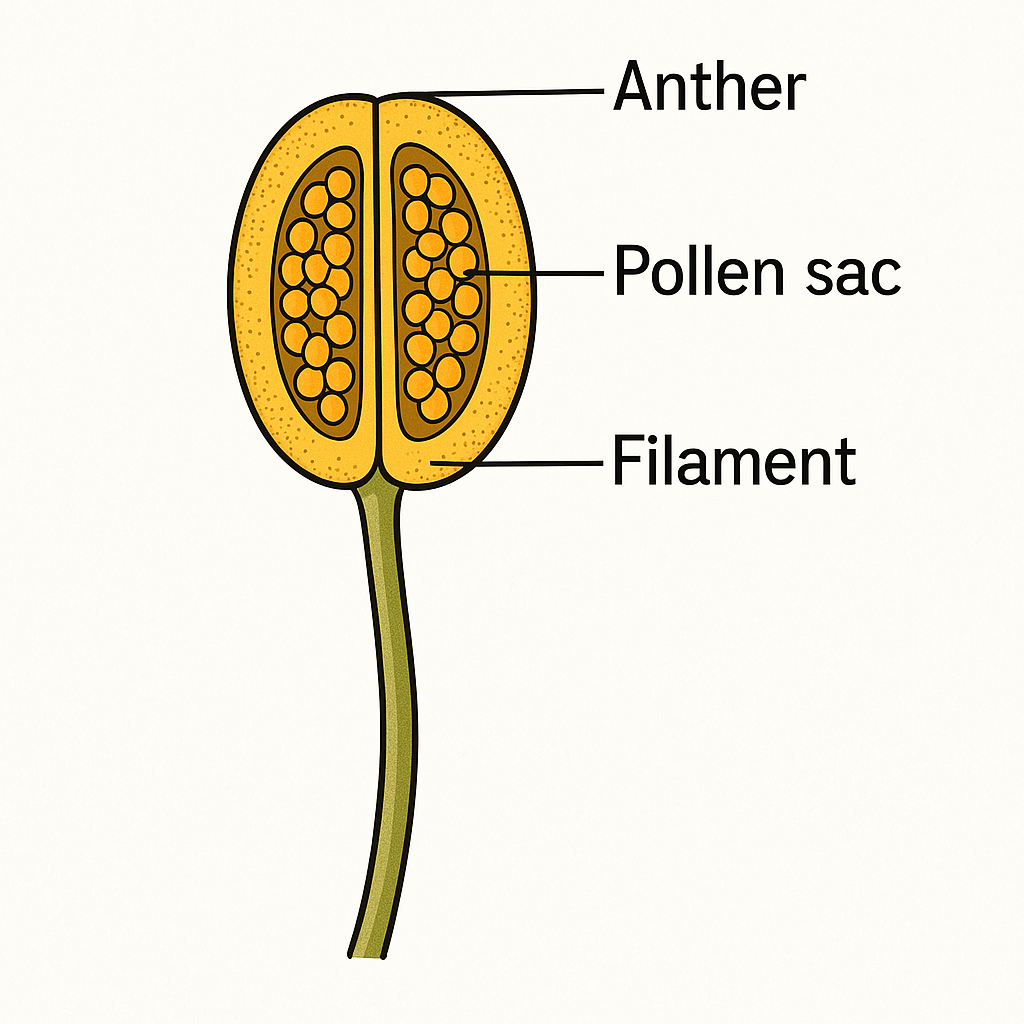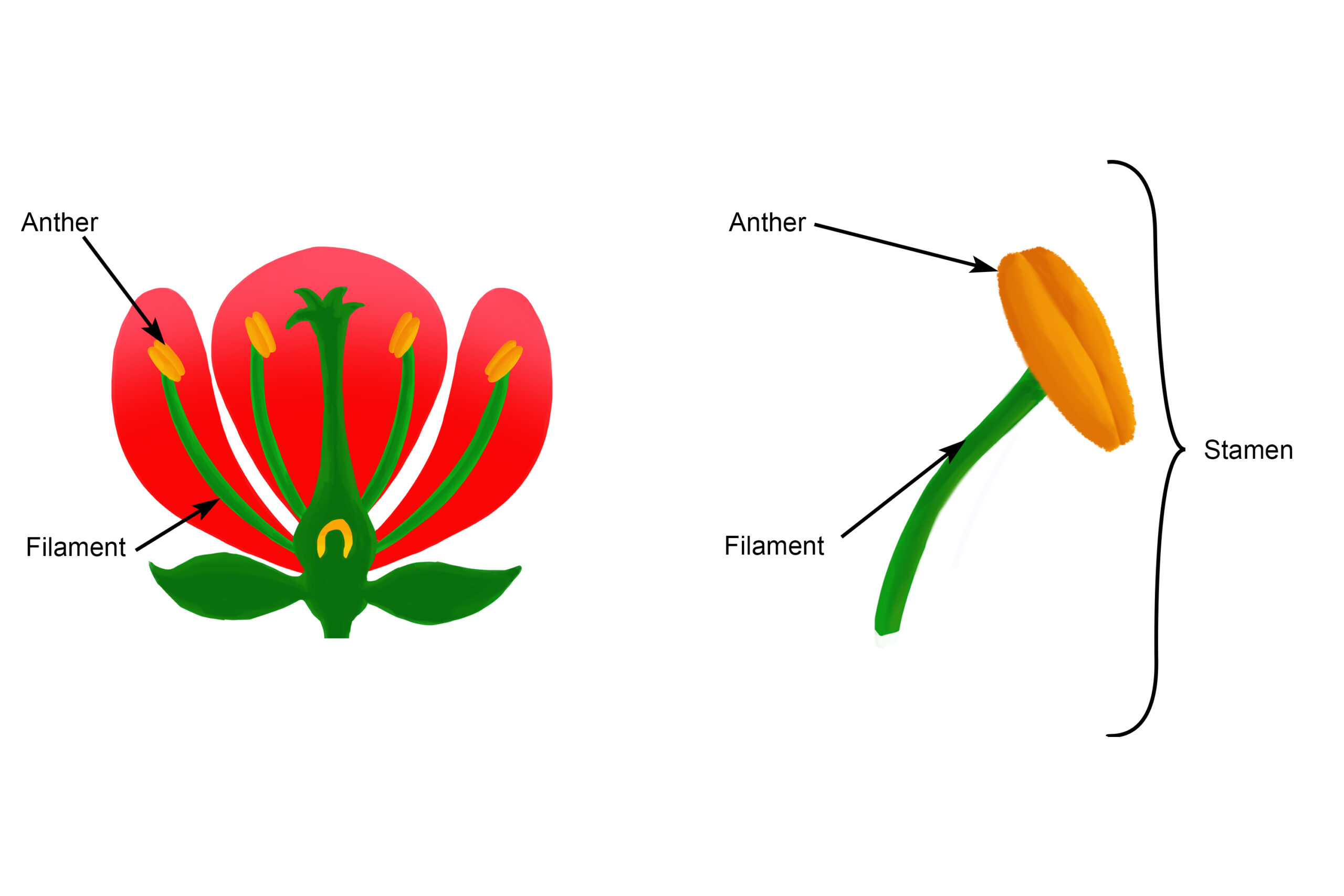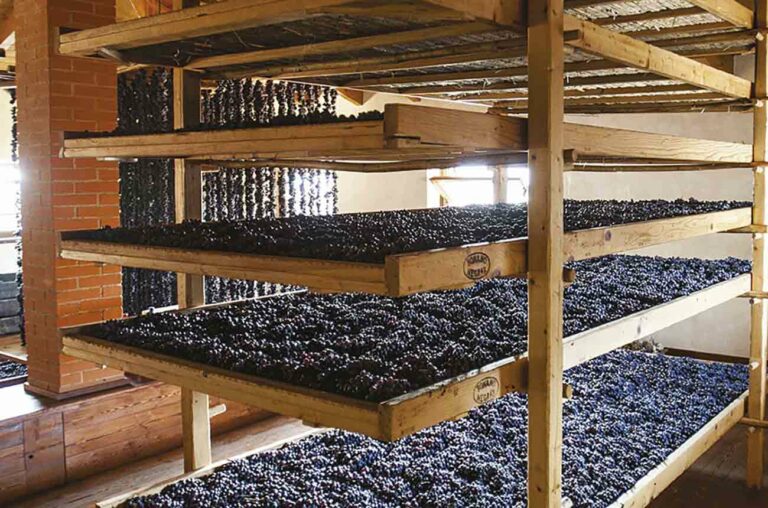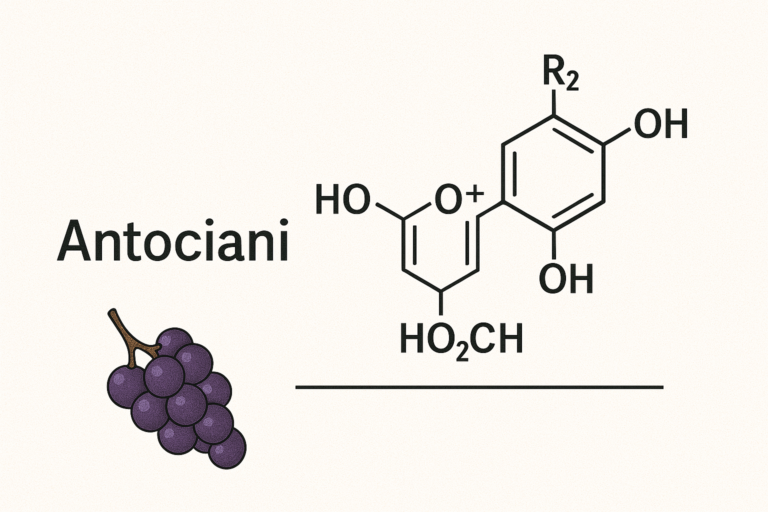Introduction
Anther and organ responsible for producing and storing pollen, the microscopic grains needed for plant fertilization (Khan Academy, 2021). This article will dive into the structure of the anther, its functions, and the role it plays in plant reproduction.
Structure
The anther is found at the top of the stamen, connected by a slender filament. It is typically bilobed, each lobe containing two pollen sacs, also known as microsporangia (OpenStax, 2021). These sacs are where pollen grains, the male gametes, are produced and stored.
The microsporangia are surrounded by a layer of cells called the endothecium, which supports the anther and aids in the release of pollen. The outermost layer, the epidermis, protects the anther from environmental stress (NCBI, 2019).

Functions
Pollen Production: The primary function of the anther is the production of pollen. Within the microsporangia, cells undergo a process called meiosis, generating haploid microspores. These microspores later develop into pollen grains (Coursera, 2021).
Pollen Release: When the flower is ready for fertilization, the anther dehisces, or splits open, releasing pollen into the environment. This process is facilitated by the endothecium, whose cells contain fibrous bands that contract in dry conditions, causing the anther to burst open (MIT Open Courseware, 2021).
Role in Plant Reproduction
The pollen grains released by the anther are vital for plant reproduction. They need to reach the female reproductive organ, or pistil, of a compatible flower. This process, known as pollination, can occur via wind, water, or animal vectors (HHMI BioInteractive, 2019).
Once a pollen grain lands on the stigma of a pistil, it germinates, growing a pollen tube down into the ovule. The male gamete then travels down this tube to fertilize the female gamete, resulting in a zygote that eventually develops into a seed (Frontiers in Cell and Developmental Biology, 2020).
Conclusion
The anther plays an indispensable role in plant reproduction, from the production and storage of pollen to its release into the environment. Understanding its structure and functions not only enriches our knowledge of plant biology but also has practical implications in agriculture and horticulture. By manipulating anther development, scientists can influence plant reproduction and yield, making this humble organ a vital player in global food security (ScienceDirect, Current Biology, 2019).
References
- Khan Academy. (2021). Parts of a flower and their functions.
- OpenStax. (2021). Biology 2e.
- National Center for Biotechnology Information (NCBI). (2019). Anther development: a molecular perspective.
- Coursera. (2021). Plant reproduction: anther and pollen development.
- MIT Open Courseware. (2021). Flowering and reproduction.
- Howard Hughes Medical Institute (HHMI) BioInteractive. (2019). Plant pollination strategies.
- Frontiers in Cell and Developmental Biology. (2020). Pollen tube guidance – right on target.
- ScienceDirect. Current Biology. (2019). Anther development: the thick and the thin.




